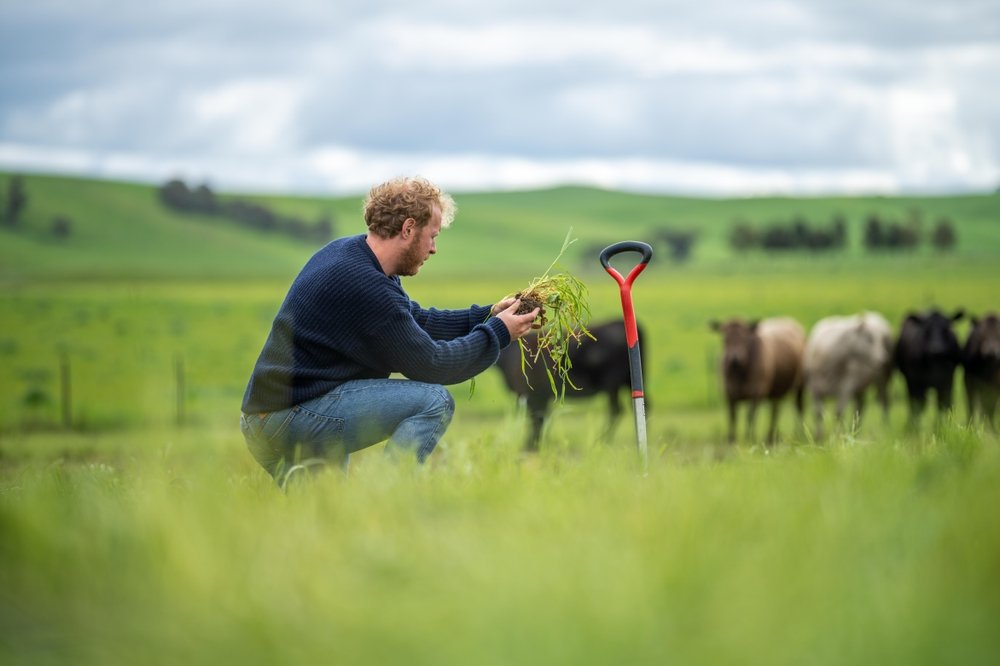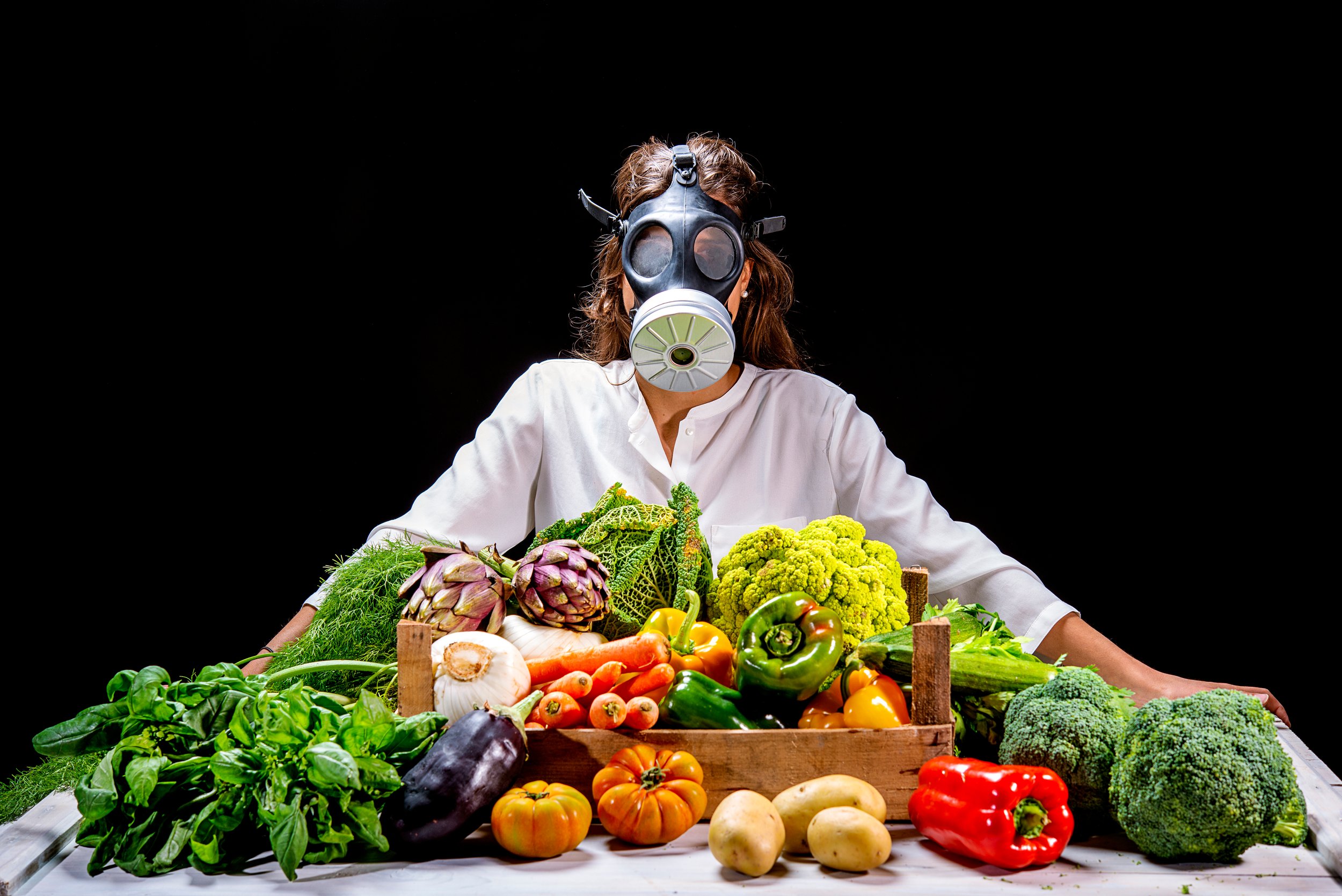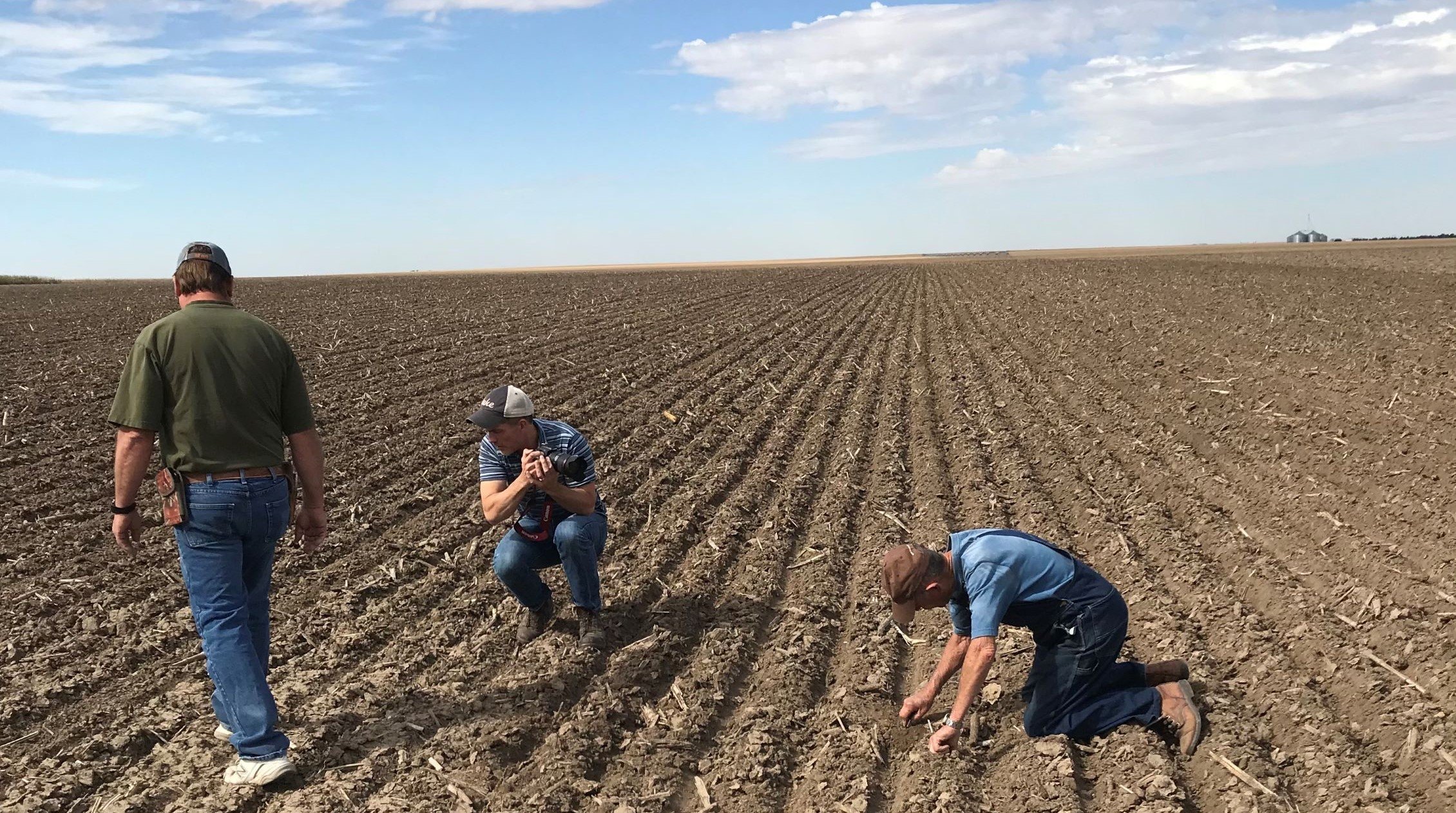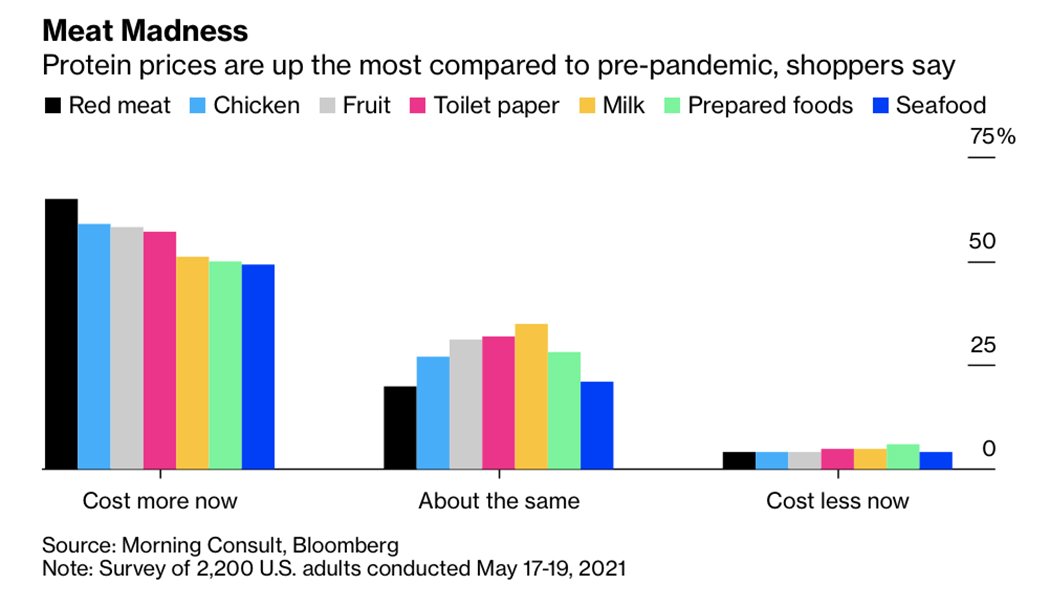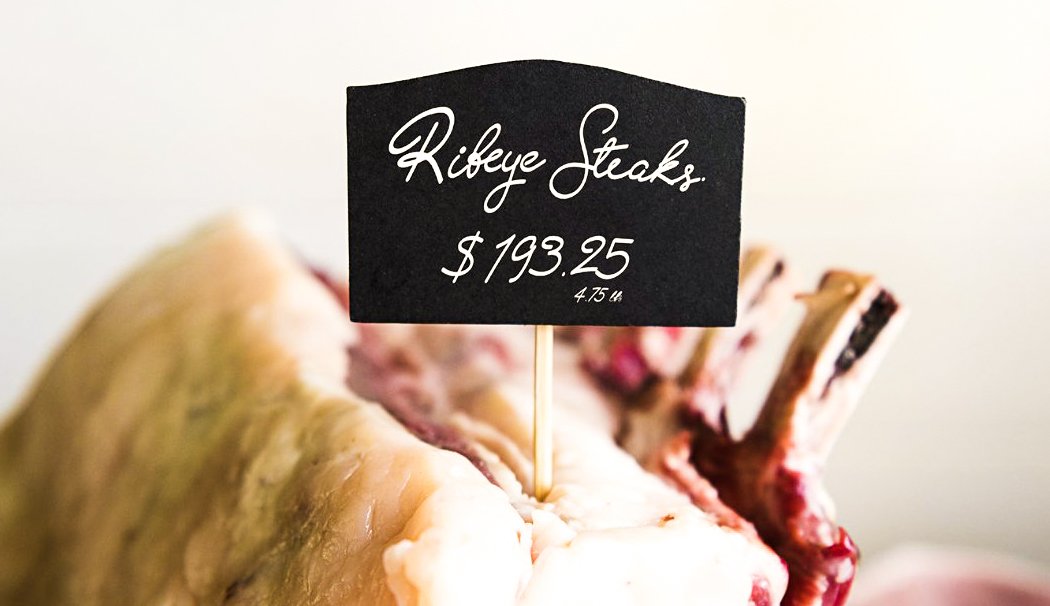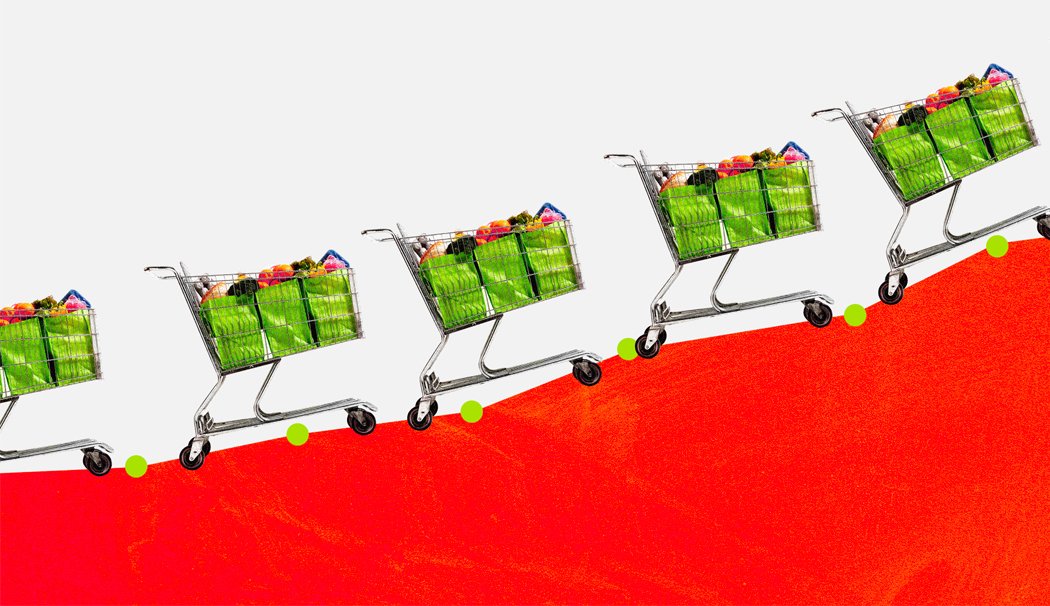Revolutionizing Agriculture: Exploring the Power of Regenerative Farming
Explore the potential of regenerative farming and join the movement for a greener, sustainable future. Discover how it revitalizes our soil, conserves water, and fights climate change.
🌱 Shining a Light on Regenerative Farming: Securing Our Future, One Harvest at a Time 🚜🌾
Today, we are excited to share with you a transformative agricultural approach that holds the key to a sustainable and resilient future - Regenerative Farming. 🌍✨ Amidst the pressing environmental challenges we face, regenerative farming offers a beacon of hope by addressing not only the topsoil crisis but also a multitude of vital concerns.
🌿 Regenerative Farming: Why It Matters 🌿
🌱 Topsoil Rejuvenation: With topsoil vital to food production and ecosystem health, its rapid loss is alarming. Regenerative farming, through methods like cover cropping and composting, replenishes this fundamental resource, ensuring we can feed our growing population.
💧 Water Conservation: Regenerative farming combats water scarcity by boosting the soil's water-holding capacity via organic enrichment, saving water and lessening irrigation's environmental footprint.
🌿 Biodiversity Boost: Diverse crops, beneficial insects, and wildlife habitats thrive in regenerative farming, enhancing ecosystem resilience against pests, diseases, and climate change, and improving agricultural productivity.
🌎 Climate Change Mitigation: Regenerative farming traps carbon in the soil, limiting greenhouse gas emissions. With potential to become carbon-negative or -neutral, these farms are allies in climate stabilization.
🌾 Local Community Empowerment: By fostering self-reliance and knowledge exchange, regenerative farming strengthens local communities, creating a deeper land connection and promoting stewardship.
🚀 Sustainable Innovation: Regenerative principles drive agricultural innovation. Blending cutting-edge technologies with traditional wisdom, they provide a dynamic platform for progress.
🌱 The Path Towards a Brighter Future 🌱
As responsible professionals and global citizens, supporting regenerative farming means actively nurturing a healthier planet for future generations. Let's advocate for policies favoring sustainable agricultural practices and make conscious consumer choices.
Together, we can fuel a regenerative movement for a sustainable future. 🌿💚
Glyphosate Unveiled: Contrasting Approaches in Europe and the US
Europe's glyphosate ban vs. the US's continued use – uncover the reasons behind this divide and its impact on food safety.
Hey there,
Ready to uncover the truth about glyphosate?
Here are some eye-opening stats to ponder:
🌱 Glyphosate use has skyrocketed 100 times since the late '70s.
🥣 Ever had a hearty bowl of oatmeal for breakfast? Chances are, you've been unwittingly consuming high levels of glyphosate. A staggering 95% of oat-based food samples have been found to contain this chemical, with some even crossing the 1,000 ppb threshold. Honey Nut Cheerios Medley Crunch, for instance, contains 833 ppb of glyphosate.
🧪 The International Agency for Research on Cancer (IARC) has labeled glyphosate as "probably carcinogenic to humans."
What's been going on recently?
Lately, Bayer (the parent company of Monsanto) has been grappling with lawsuits, like the one where they were held liable for $332 million in damages, as a California jury ruled in favor of a man who claimed his cancer resulted from Roundup exposure. This is the third such legal blow for Bayer.
Monsanto, now under Bayer's umbrella, has tried to defend glyphosate's safety, but mounting evidence suggests it's far from harmless.
So, why the contrasting stance between the US and Europe on glyphosate?
Here's the kicker: Europe, recognizing the potential health risks, has chosen to ban glyphosate. They've put their citizens' well-being first and taken a proactive approach to safeguard their environment.
Meanwhile, in the United States, glyphosate is still allowed despite mounting evidence of its harmful effects. One reason for this difference may be the influence of powerful agrochemical companies and the complexities of regulatory processes. These factors have contributed to a slower response in the US.
We shouldn't have to worry about glyphosate lurking in our children's baby food and affecting the health of our families. It's time for us all to be aware of what's happening.
Check out the map I've shared below with the pinned countries that have already banned glyphosate. 🗺️
Let's learn about what is really in our food supply and make informed choices for a safer, healthier future.
Pinned countries have banned glyphosate.
Unmasking Glyphosate: What's Really on Your Plate?
Glyphosate, the seemingly innocuous herbicide, hides in plain sight, infiltrating the very foods we serve our families. It's not just another chemical compound; it's a potential threat to our health, the environment, and our food safety.
Hey there,
🤔 Do you ever wonder what's really on your plate and what you're feeding your loved ones? Well, there's this funky thing called glyphosate that's worth knowing about. It's not just another big word - it's a herbicide that's often used on a wide range of crops, including wheat, soybeans, barley, oats, lentils, peas, canola, corn, flax, alfalfa, rye, triticale, sugar beets, cotton, buckwheat, potatoes, and millet. Sounds harmless, right?
💔 Here's the kicker: Glyphosate has been causing quite a stir in recent years, and not for good reasons. It's the active ingredient in many weed killers and is found in the very crops that often grace our dinner tables. But why should you care?
🌼 Let me share a personal touch with you. Our president's sister-in-law, a vibrant and health-conscious individual, was diagnosed with non-Hodgkin's lymphoma at 5 months pregnant. Sadly, she lost her battle with the disease. She was an avid consumer of fruits and vegetables, always aiming for a healthy diet, which, as you might guess, included the very crops that often get sprayed with glyphosate. In response, she started the Lymphoma Society to raise awareness.
🍽️ So, why is glyphosate bad? Well, it's linked to various health risks, environmental impact, and even food safety issues. We should know what's in our food and what we're feeding our families. It's a simple step toward a healthier and safer future.
🌎 Many of us know someone affected by cancer, making this issue incredibly personal. And have you ever considered how our water, food, and even what we put on our skin can build up layers of chemicals we were never supposed to have in our bodies? Is there a possible link? Let's start asking the important questions.
✨ Stay tuned because we'll be sharing more on this topic soon. Knowledge is power!
Oats futures on the rise
Brace yourself!
2022 is here! Brace yourself! Whether it’s caused by the weather or supply issues, one thing to remember is that food prices are rising faster than CO2 levels. Not to be outdone by the increases we’ve seen in the poultry and beef markets, oat futures have claimed the top spot for the largest year-over-year price increases for 2021.
Commodity future prices relative YTD performance
Year to date commodity prices are up 87% for oats as of December 22, 2021, as reported by Michelle Cheng, on QZ.com. These are shocking and astronomical numbers, topping future increases of other commodities at almost 1.5 times the rate of Gasoline, and more twice the rate of Lumber and cotton.
Okay, prices are high. Everything is higher, but what gives, why are oat prices rising at such an alarming rate?
Supply chain issues that have been exacerbated by droughts in the western United States is the short answer.
A deeper dive, looking for any sign of relief, presents a bit of a bleak outlook. The droughts hit the US hard in 2020 and have not let up. 2021 saw U.S. farmers harvesting 40% less than prior year. Add to that, the global demand for oats continues to rise, largely due to increased wealth being generated by emerging economies that are changing to diets that demand more meat, and oats being largely used as livestock feed.
Keep a close eye on your oatmeals, cereals, baked goods, and of course, the animal protein markets.
High on Inflation?
High on inflation??
It’s a word we are all becoming all too familiar with (again).
Inflation is causing households to tighten their belts in more ways than one. The prices of meat are going through the roof, leading to alternate proteins being substituted, such as eggs, beans, and dairy.
This isn’t just a U.S. problem - after climbing a second consecutive month, world food prices hit a staggering 10 year high. The dramatic increase in food costs has always caused instability and fear in the global market. When people can’t feed their families (or themselves), there is often a correlation with civil uprisings and violence.
For context, a typical annual rate of increase in food prices is as follows:
Around 2% in groceries
Around 3% in restaurants
What we are seeing today?
“The Covid-19 pandemic has created massive disruptions in the food system, from farm to fork. In some cases, we have observed and experienced severe food shortages. In others, food cannot reach end consumers and is ultimately wasted. Food waste is not new or novel in our current food system; however, images and reports of whole fields being plowed under and millions of gallons of milk being dumped during a time of such economic hardship and increased food insecurity raises questions about how Covid-19 has impacted food waste along the supply chain.” - Ellison, B. and M. Kalaitzandonakes. "Food Waste and Covid-19: Impacts along the Supply Chain." farmdoc daily (10):164, Department of Agricultural and Consumer Economics, University of Illinois at Urbana-Champaign, September 10, 2020.
INFLATION 101
Top 5 Drivers
High oil prices
Food is transported not only long distances domestically but globally as well. This rise in costs is passed on to the consumer. Oil prices also affect farming also because oil byproducts are in fertilizer.
Climate change
We have all noticed the extreme weather patterns due to climate change. Just this summer many parts of the country felt the impact of Hurricane Ida. Part of the problem is that greenhouse gas emissions trap heat, and cause air temperature to increase. Hot air absorbs moisture which makes it rain less and causes drought conditions. The land becomes arid so when it does rain that water runs off the land and creates flooding, and often ruins crops.
Government subsidies
U.S. government subsidizes corn production for biofuels. The U.S. now uses 37% of the corn supply for biofuel. This is turn creates shortages in the food supply chain- thus raising prices.
The World Trade Organization (WTO) limits the amount of subsidized corn and wheat that countries can add to global stockpiles. The U.S., European Union, and other developing countries heavily subsidize their agricultural industries. This reduces the amount of food available and increases food prices.
Increase in meat consumption
As more countries look to continue to develop, they adopt more of a “western diet”, which means an increase in meat consumption, especially pork. According to Globe Newswire, around half the world's pork is consumed in China, where urbanization and rising incomes continue to drive pork consumption upward.
More meat means more grain to feed the animals. It takes about 9 calories of vegetables to produce 1 calorie from animals. As you can see, it isn’t a very efficient system to feed billions of people. More grain demand means higher grain prices. The increase price of meat will bring down the demand as less people can afford it.
Supply and demand
Simple economics here- as the demand for a particular good or service increases, the available supply decreases. When fewer items are available, consumers are willing to pay more to obtain the item—as outlined in the economic principle of supply and demand. The result is higher prices due to demand-pull inflation.
When quarantine orders started due to COVID-19, people panicked and started to stockpile food and household goods. We saw some relief for a while but are now again seeing grocery shelves empty while offshore goods wait for weeks in our ports to get unloaded.
There is no crystal ball that can tell us when things will get better and prices will be more bearable. ‘
However, According to MarketWatch, “the central bank officially predicts inflation will drop back down to 2.2% in 2022, but that's 0.4 percentage points higher than its forecast last December.”
December of 2022 might seem a long way away, so until then, please consider doing your part as a fellow human being. Avoid hoarding products- this only exacerbates the issue. Considering donating to your local food bank.
Stay calm and carry on.
This too shall pass.
Love spaghetti but can’t stand the calories?
Hearts of Palm to make you swoon
Tried zoodles and spaghetti squash, but they’re just not cutting it? Counting calories got your knees weak and palms sweaty? Well, maybe it’s time to try Hearts of Palm spaghetti. Even this hardcore pasta lover was made a believer!
Hearts of Palm spaghetti noodles are one of the fastest-selling items on the grocery store shelves and most stores are having a hard time keeping up with the demand! This vegetable is enjoying the spotlight and dates back to the Mayan civilization.
What is it, you ask? Hearts of palm pasta is culled from the inner core of certain palm trees. Not an easy task. The hearts of palm are then cut to look like spaghetti, fettuccini, or lasagna noodles. The noodles can be packed in cans, glass bottles, or foil bags. If unopened, they do not need refrigeration and are the perfect portable lunch. Most hearts of palm are grown in Costa Rica, followed by Ecuador and then Bolivia.
These noodles are super nutritious and have the following health benefits:
High in fiber
Gluten-free
Less than 1g natural sugar,
Very low in carbs (hello keto and paleo peeps!)
Zero cholesterol
Super low in calories. A 3-ounce serving has about 20 calories.
Part of your daily serving of vegetables
It has a very faint artichoke flavor but quickly transforms into spaghetti bliss when topped with your favorite sauce. It only take 1-2 minutes to cook, saving lots of time in the kitchen. Your tummy and body will thank you!
Coming soon at your local Costco in the Midwest and Northeast regions. Stay tuned!

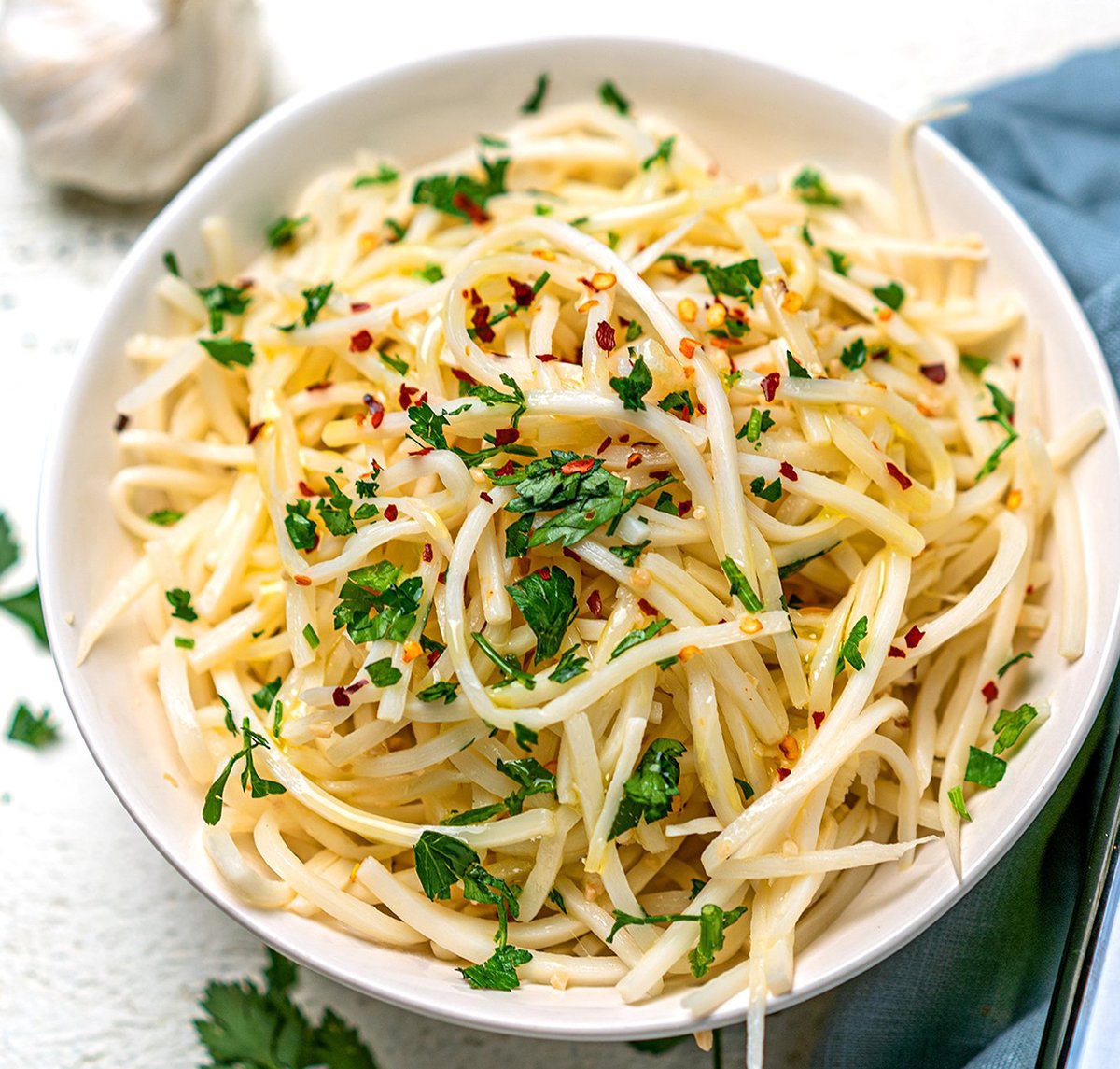
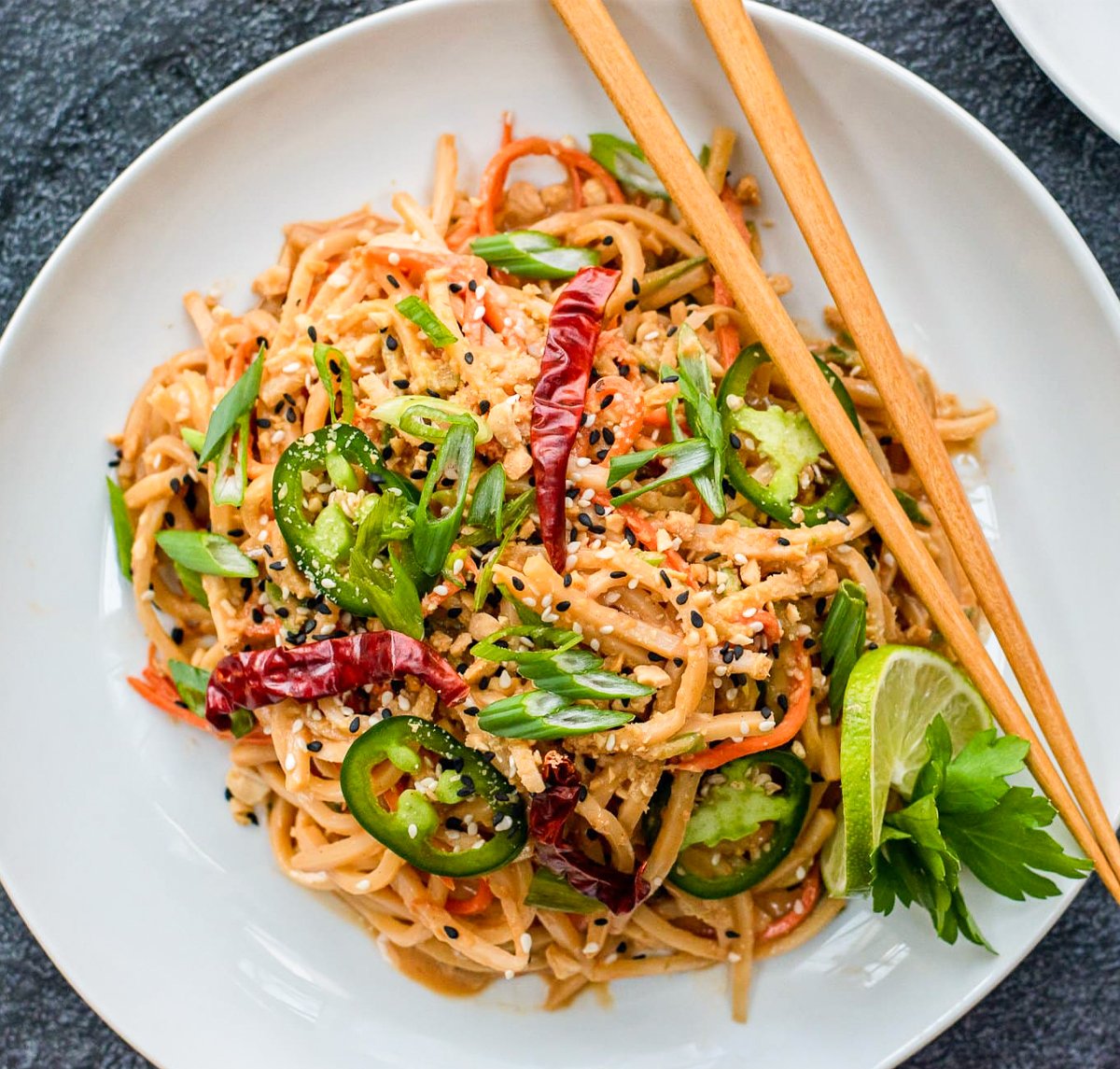
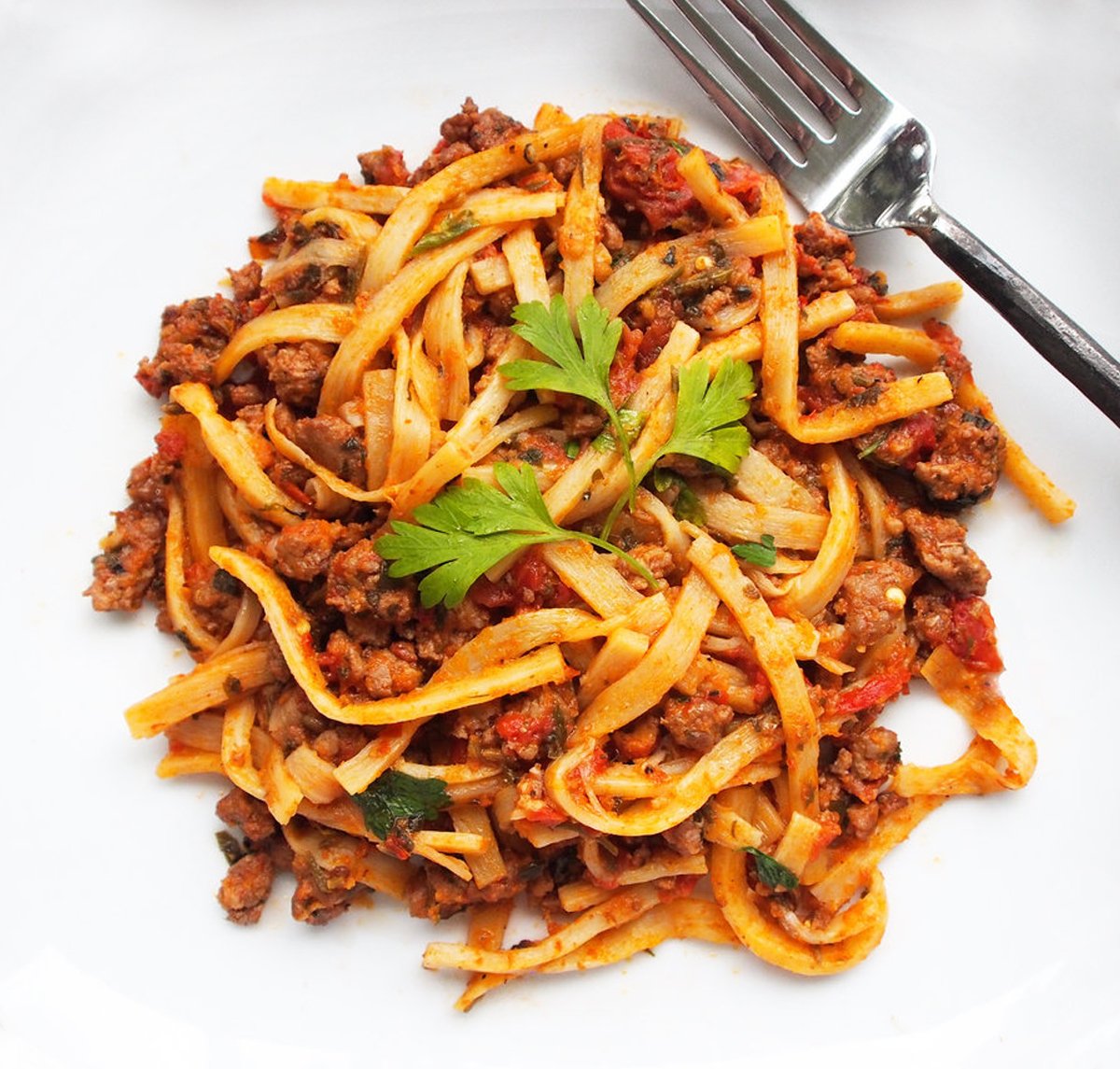
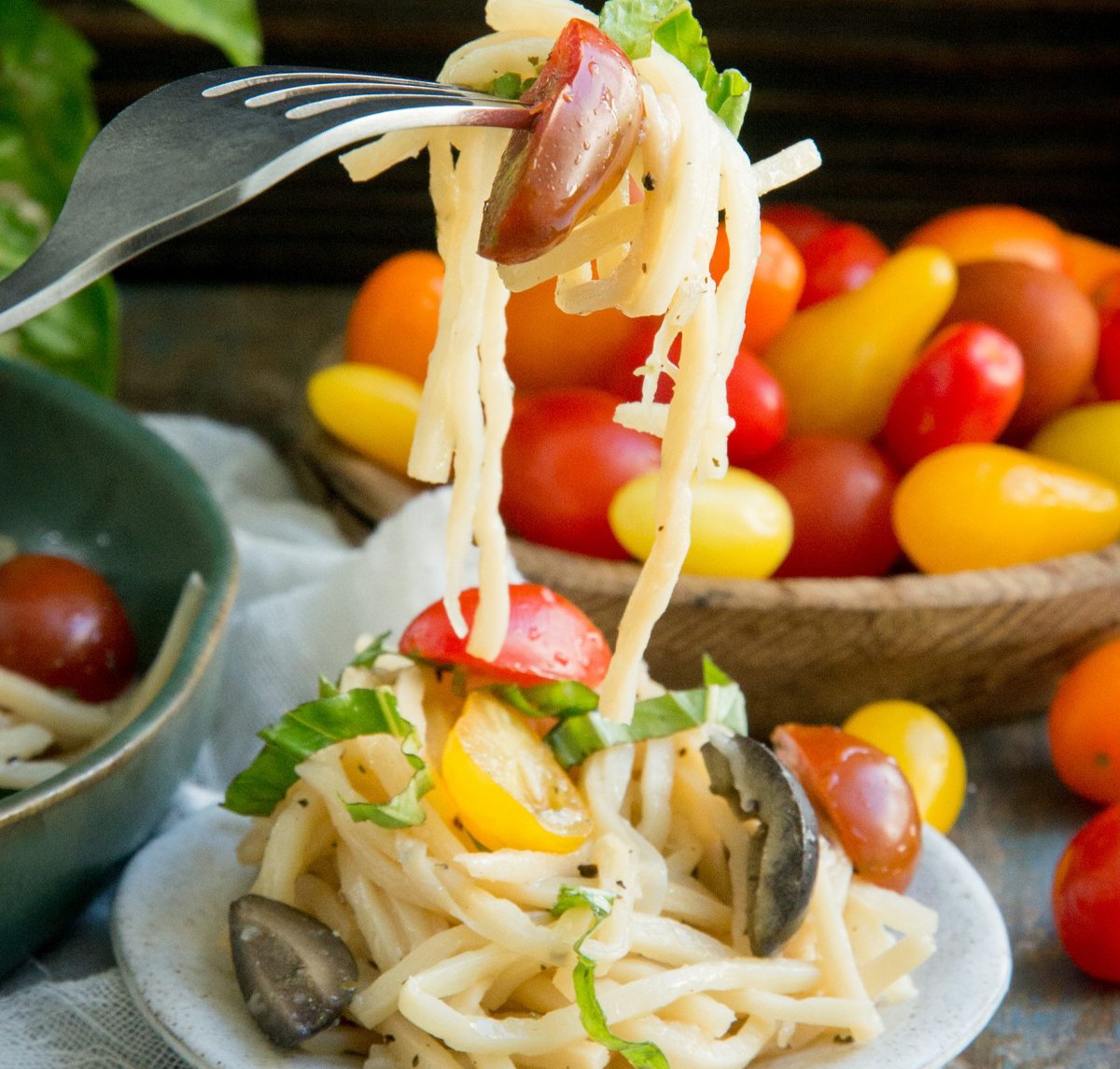
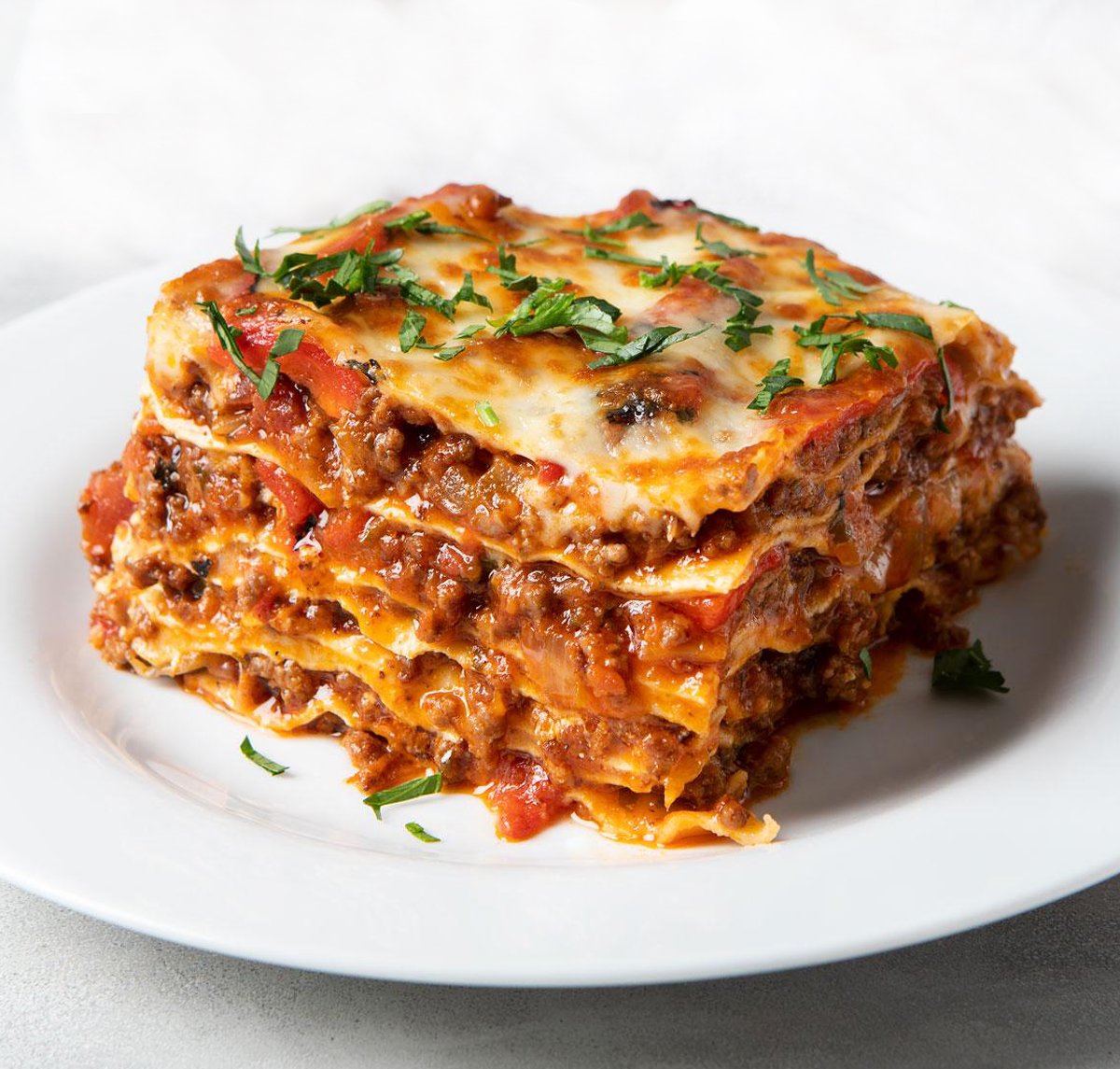
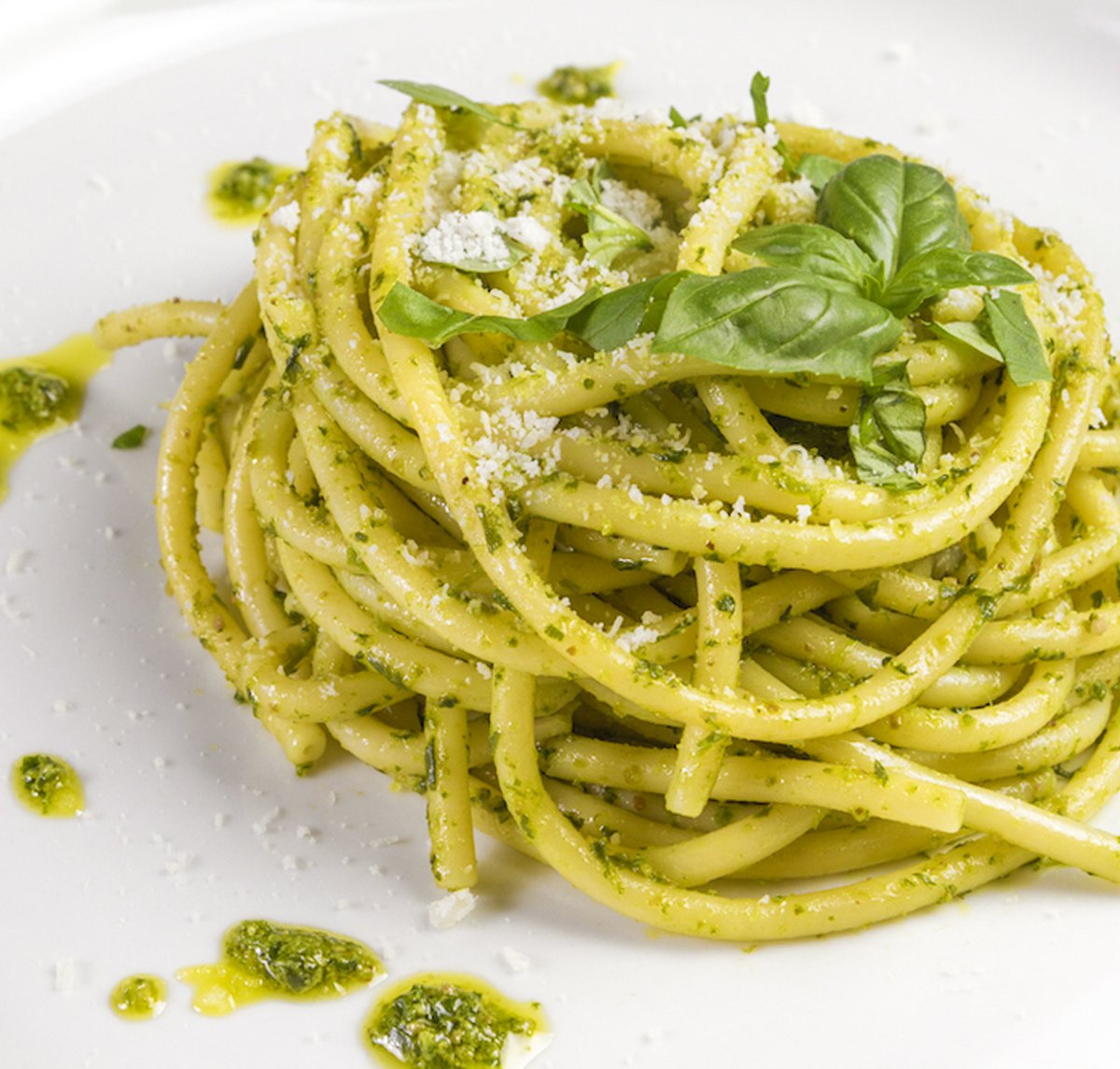
Grilled Cheese without Tomato Soup?
As 2021 comes to a close, we are seeing record shortages of tomatoes. This problem is expected to continue into 2022 and have far-reaching implications. You can expect to see the price of tomatoes and tomato products skyrocket, not to mention limited availability.
Spaghetti without Marinara.
Grilled Cheese without Tomato Soup.
Burgers without sliced tomatoes OR ketchup.
Pizza without sauce.
Salsa without tomatoes (and I'm not talking salsa verde).
I don't know about you, but to me, this sounds like a pseudo apocalypse. Tomatoes are one of my favorite vegetables - or rather fruit. Actually, they are part of the berry family. Crazy right?!? Tomatoes as we know them are going to be what toilet paper was in 2020- hard to come by.
As 2021 comes to a close, we are seeing record shortages of tomatoes. This problem is expected to continue into 2022 and have far-reaching implications. You can expect to see the price of tomatoes and tomato products skyrocket, not to mention limited availability.
So, what is the problem? Well- lots of things. Record temps and severe drought have affected our domestic production (mostly coming from California). Italy has quite the opposite problem. They have plenty of crops ripe for the picking. Because of some steel sourcing issues, there are no cans to put the tomatoes in. Unfortunately, these ruby gems are left to rot in the fields.
This is where we come in. Since the domestic supply is strained, and the Italian supply is tight, buyers and consumers will need to look to elsewhere. There are plenty of other countries that grow tomatoes (Mexico, India, Egypt, Spain and Brazil just to name a few). Importing food isn’t for the faint of heart. At LC Marketing, we have a number of strategic partnerships set up to help stock those shelves. We helped find face masks and antibacterial when the market needed it the most, so know that you can lean on us to get marinara back on top of your spaghetti…because nobody should have spaghetti with just butter. Nobody.





